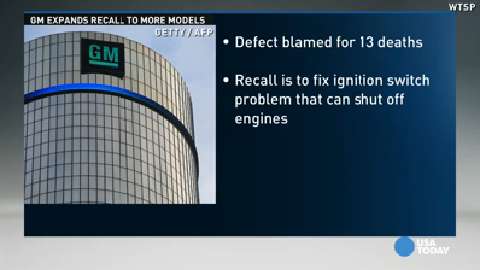Groupon Inc. (NASDAQ: GRPN) has begun experimenting with the online coupon business and this could prove to be an incremental opportunity in long-term.
Groupon launched Freebies, a new category on its online deals marketplace that offers digital coupons, promotion codes, giveaways and samples. The latest move from Groupon is a big shift in its business model and offers an alternative to RetailMeNot, Inc. (NASDAQ: SALE), a leader in the online coupon sector.
Groupon unveiled more than 25,000 coupons from over 5,500 brands and retailers in North America, including Target, Best Buy, Nordstrom and Macy's. Next year, Groupon hopes to expand the business internationally and add in-store coupons. This compares to the roughly 60,000 retail stores and brands featured on RetailMeNot.com in 2012.
[Related -Groupon Inc (GRPN): How Q3 Earnings Will Fare?]
Under its traditional business, Groupon issues daily deal vouchers that give shopper heavy discounts on products and services from local merchants. Groupon collects the money upfront from sales of these vouchers.
In the case of Groupon Freebies, shoppers buy digital coupons that can be claimed for free as they are directed to the retailer's website and the discount is automatically applied when they complete the purchase. For its services, Groupon would get a commission form retailers based on the amount of the transaction.
[Related -No Taper: 7 Top Momentum Stocks To Cash In On S&P 500 Above 1,700]
Freebies has a collection of brands offering discounts such as $25 off any $100 order, or free shipping on an order of $49 or higher, etc. Brands include Macy's, Nordstrom, Best Buy and American Eagle.
While the online coupon marketplace alone is not that large (estimated total addressable market (TAM) of less than $4 billion, when the potential for in-store coupons is included the TAM increases to $28 billion, according to industry estimates.
"If we assume that GRPN could achieve over time 1% to 2% market sh! are of the overall coupon business (on line and off line) and generate margins similar to Retailmenot, this could result in incremental EBITDA of more than $100M," Sterne Agee analyst Arvind Bhatia wrote in a note to clients.
"If this business were to be afforded an EV to EBITDA multiple of 15 times, it would equate to incremental enterprise value of more than $1.5 billion or more than $2.00 per share," he added.
Moreover, the coupon business offers several upsides (especially on the margin front) for Groupon as they are not labor intensive. Though the digital coupons may generate lower cash flows, they could make it up by yielding high margins and that bodes well for Groupon.
If Groupon focuses more on digital coupons, it has a decent chance to trump RetailMeNot due to Groupon's scale and resources.
Despite relatively smaller than Groupon, RetailMeNot is expected to generate more than $200 million revenue this year with strong EBITDA margin of about 40 percent. Comparatively, Groupon's EBITDA margins have been hovering around 12 percent, and the Freebies business could boost its margins over time.
RetailMeNot is expected to generate more than $250 million revenue in 2014 on EPS of $1.01. The consensus estimate represents earnings growth of 13.5 percent and sales increase of 26 percent.
If RetailMeNot can achieve this level of top and bottom-line growth, then why can't Groupon?
There is no doubt that Groupon is in the early stages of developing the digital coupon business. GPRN could leverage its mobile penetration, user base, technology, merchant relationships, and strong brand to its advantage if it seriously pursues this incremental opportunity.


 Agence France-Presse/Getty Images
Agence France-Presse/Getty Images 